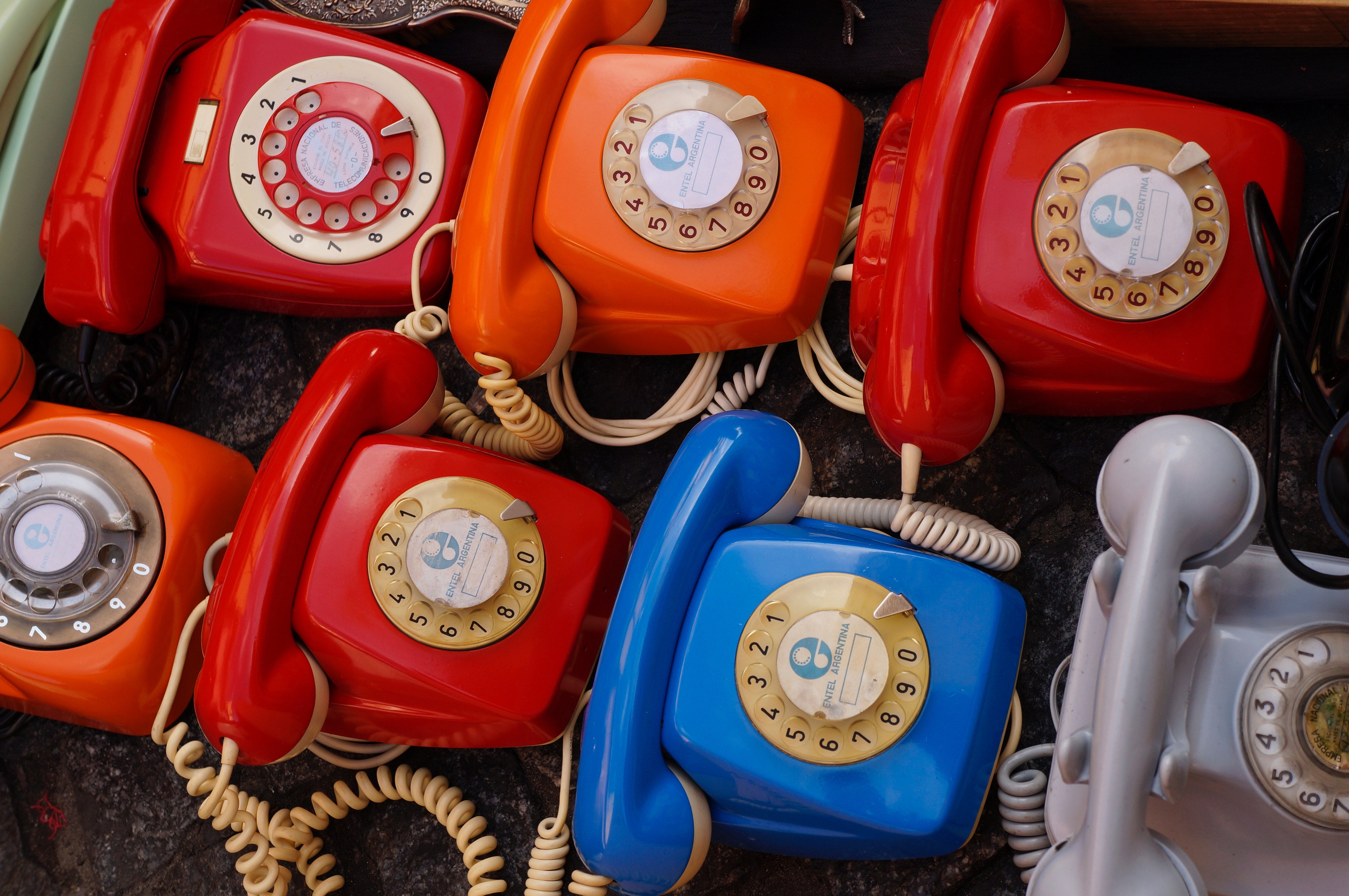
Since the 1980's, plastic Garfield telephones have been washing up on the
Iroise coast in Brittany, France.
For years beach cleaners have been collecting parts of the bright orange novelty landlines. Although there have been suspicions as to why the plastic ginger cat has been washing up in this specific area for so long, nothing had ever been proven.
Now, finally after 35 years, the mystery has been solved.
The source of the problem? A sunken shipping container.
This had been long suspected, the assumption being a shipping container had gone overboard and its contents were slowly making their way out. However the container itself had never been found.

After a surge in media attention, a local farmer stepped forward. He remembered the ginger cat had first made its appearance after a storm in the early 1980's when he was a young man. He also knew of the container's location.
A sea cave only reachable when the tide was low.
Upon investigation, the almost entirely buried and inaccessible container was found to contain a large amount of cargo still inside, with no way of releasing it. Garfield phones were scattered around the perimeter of the container, stuck under rocks and partially buried.
The popular cartoon cat was made a symbol for plastic pollution by the anti-litter group 'Ar Vilantsou', who continually clean the beaches of these cartoon telephones amidst the myriad of normal plastics.
These novelty plastic phones will not decompose within a human life time. Which raises the question, what is the future of plastic and how can we make products sustainable?
Bio plastics have caught the eye of the public and now more than ever people are calling on businesses to use eco-friendly, renewable and biodegradable materials. Bio plastics can be made completely or partially from renewably sourced raw materials.

These bio plastics have an expectancy of 1-10 years to decompose and fully break down once disposed of(so long as they are not sent to landfill, where the environment does not allow for bio plastics to compost when surrounded by long-life plastic), which is a huge improvement on the expected 450-1000 years for current plastics.
The plastic industry is still 99% petrochemical, meaning unsustainable, with a huge life expectancy after disposal.

But bio plastics are on the rise, with consumers becoming more conscious, and businesses recognising the need for an urgent change in the nature of the industry in order to halt the detrimental impacts on the planet.
There are two main categories of Bio Plastics;
1) The first is made of polymers, directly extracted from plant biomass such a starch, cellulose, etc. The starch extracted from wheat, potatoes, or corn can be converted into a thermoplastic material, using conventional plastic processing methods. Similarly, cellulose can be used to manufacture transparent and flexible films which act as barriers to oxygen and moisture.
2) The second family includes polyesters, retrieved mainly through biological fermentation or biomass polymerisation. Both rigid thermoplastic and more elastic materials can be produced, which can be used for a wide range of products. They can be chemically obtained through the fermentation of sugars extracted from plants such as maize and beetroot. This type of bio plastic is also “biocompatible”, meaning it can also be applied to the biomedical and pharmaceutical fields, as well as to the production of fibres for making clothes, fishing nets, etc.
Some things of importance to note:
Not all biodegradable / bioplastics are BPA free: Most people see the word bio and think “natural”, thus assuming it is safe. But safe or non-toxic plastics are determined by further testing to ensure a bioplastic is free of harmful chemicals like lead, cadmium, BPA and phthalates. Always make sure you read the small print, even when something is labeled as a bioplastic.
There is a massive difference between biodegradable and compostable:
Biodegradable: Refers to a material breaking down with the help of microorganisms. To be labelled a biodegradable plastic, there is no time limit set on when the product breaks down and these plastics can leave behind toxic residue. This means that a plastic bottle which takes 500 years to decompose, can be labelled as biodegradable.
Compostable: Refers to a material capable of breaking down into carbon dioxide, water, and biomass at the same rate as cellulose. Compostable plastic must also disintegrate and become indistinguishable in the compost and cannot leave any toxic material behind.

Be sure to keep these in mind if you are trying to be conscious about the products you invest in, as the term biodegradable has connotations attached that sadly do not always deliver what we had envisaged.
So, knowing that almost all plastic production is non-bio and unsustainable, but that we have the means and knowledge to put a stop to this form of production and lead a bio plastic revolution, why not do some research of your own into bio plastics and what you may be able to do to help?



Share:
Aquapax: Official sponsors of Skateboard England & the UK National Skateboarding Championships 2019!
Plastic Bottles Now The Biggest Threat To Waterways